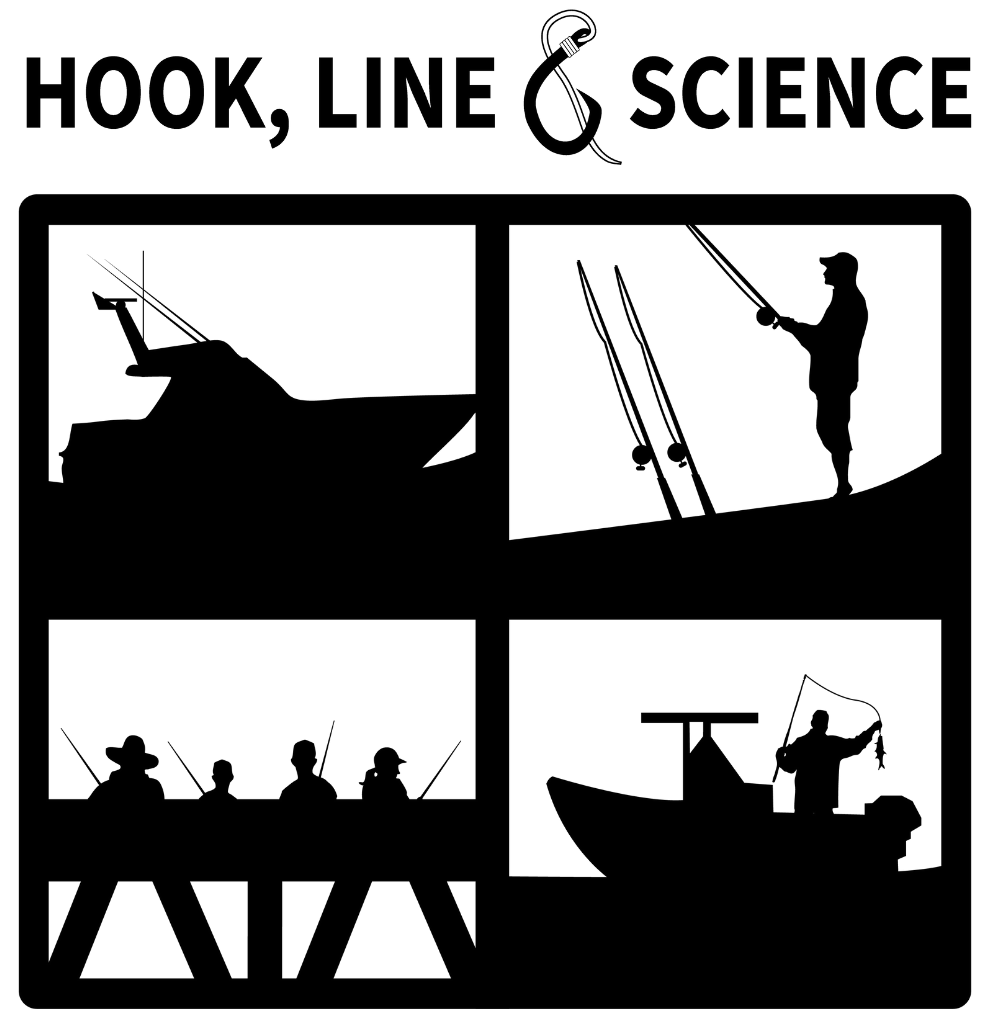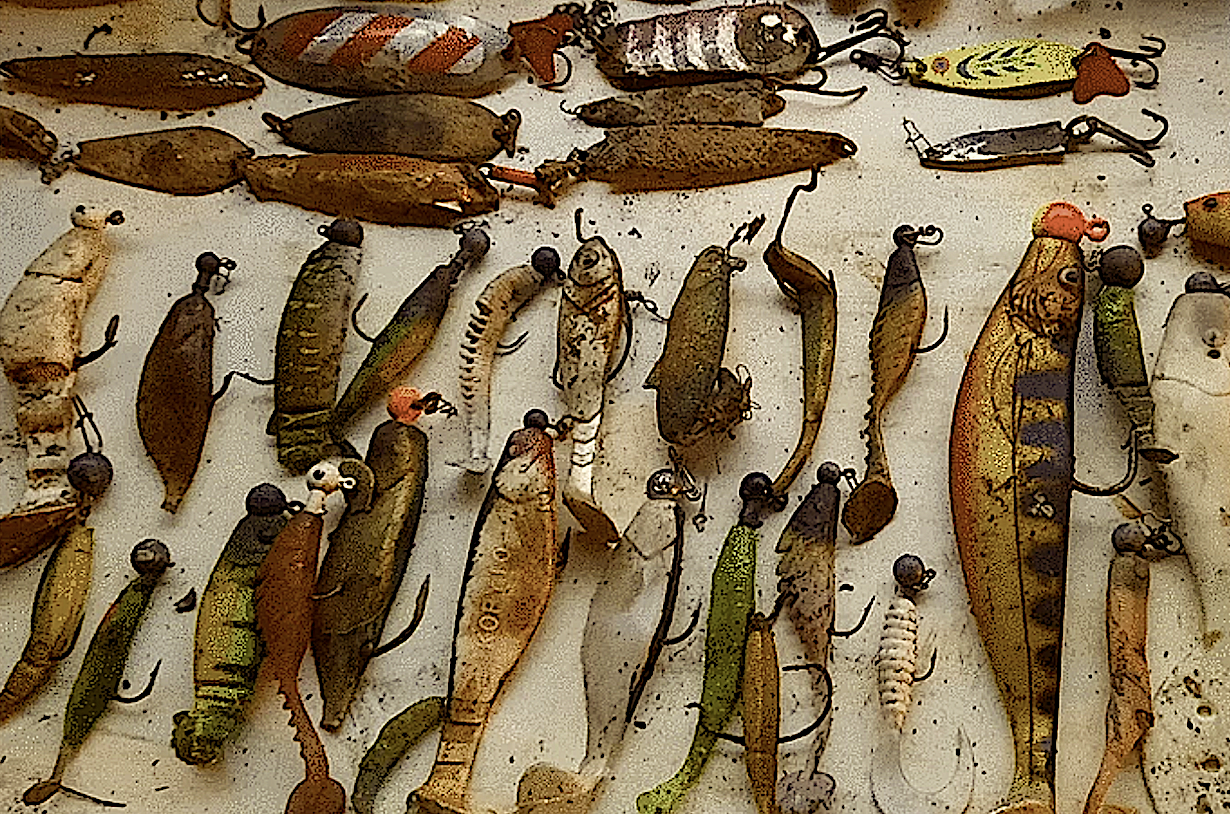Can boating cause carbon monoxide poisoning?

Danger is in the air — and you can’t see or smell it.
The Safe Boating Campaign, a worldwide effort focused on responsible boating, has shared the National Safe Boating Council’s key tips for boaters to responsibly enjoy this weekend — always a time of high boating traffic.
Many boaters already are aware of the importance of life jackets in avoiding tragedy, as well as how even small amounts of alcohol contribute to accidents on the water. But there’s also an invisible danger that can turn a boat outing deadly. Exhaust from your boat’s engine or generator contains carbon monoxide, which can collect on or near your boat.
Research Need
Gasoline-powered engines on boats, including onboard generators, produce carbon monoxide (CO), a colorless and odorless gas, which can cause an array of health problems — even death.
Of increasing concern are CO-related poisonings and fatalities associated with recreational watercraft. From 2005 to 2018, there were 78 known deaths of people due to CO poisoning in the United States following use of recreational watercraft. But this number could be even higher, as some deaths may have been inaccurately attributed to drowning instead of CO poisoning.
Scientists wanted to examine the significance of this public health hazard.
What did they study?
Using handheld analyzers, the scientists monitored carbon monoxide levels on and around four boats, including the always popular back passenger seat — the closest seat to a boat’s engine. The team took measurements at engine idle, as well as in motion at engine speeds that mimicked recreational activities. The four study boats — with different engines, hours in operation, and exhaust systems — provided an opportunity to investigate a range of CO exposure scenarios and represented a cross-section of boats at use on many U.S. waterways.
The researchers also noted air temperature, relative humidity, and wind direction and speed to see how these conditions affected CO readings.

What did they find?
The results of this study suggest CO exposures can occur at concentrations that exceed thresholds established by government agencies for both boats running and at engine idle. As suspected, at engine idle the scientists discovered the highest CO concentrations closest to the engine for all four boats, with concentrations decreasing farther away from the back of the boat.
As a point of reference, the National Institute for Occupational Safety and Health, the agency responsible for conducting research and making recommendations for the prevention of work-related injury and illness, designates occupational exposures to CO concentrations that are at or above 1,200 parts per million (ppm) as immediately dangerous to life or health. Specific levels of the four boats at idle were as follows: 42,600 ppm, 6,100 ppm, 3,700 ppm, and 2,550 ppm.
The differences in these levels reflected different engine types, engine performance, and wind variability.
One boat started and stopped several times, mimicking typical recreational skiing or surfing. The air current during this time was dragged into the back of the boat and increased CO concentrations by upwards of 300 ppm inside the boat.
So what?
For all four boats, the study showed that persons using the swim ladder or hanging from the back of the boat or swim platform could be exposed to CO levels that exceed government recommendations. Improper fuel mixtures, engine malfunctions, exhaust system damage, and other factors could create conditions that would be of even greater concern for public health than the results observed in the study.
Overall, the study results validate the potential for poisonings and fatalities that have been documented by the U.S. Coast Guard.
 Reading
Reading
Gerding, Thomas, Marion, Jason W., and Stephenson, Dale. 2021. Carbon Monoxide Exposure Potential Associated With the Use of Recreational Watercraft. Journal of Environmental Health. 84(1):8-14.
By Sara Mirabilio
Lead photo: New Hanover County, courtesy of NC State.
Warning graphic: courtesy of the U.S. Coast Guard.
The text from Hook, Line & Science is available to reprint and republish at no cost, but only in its entirety and with this attribution: Hook, Line & Science, courtesy of Scott Baker and Sara Mirabilio, North Carolina Sea Grant.



